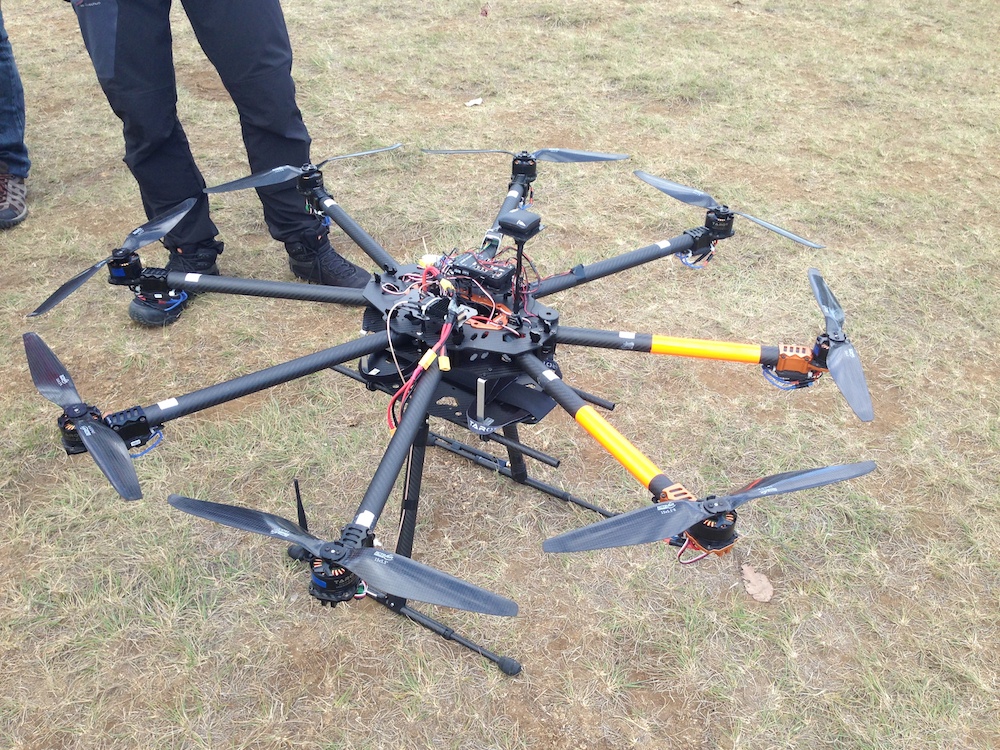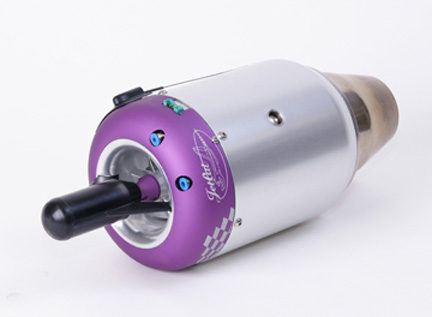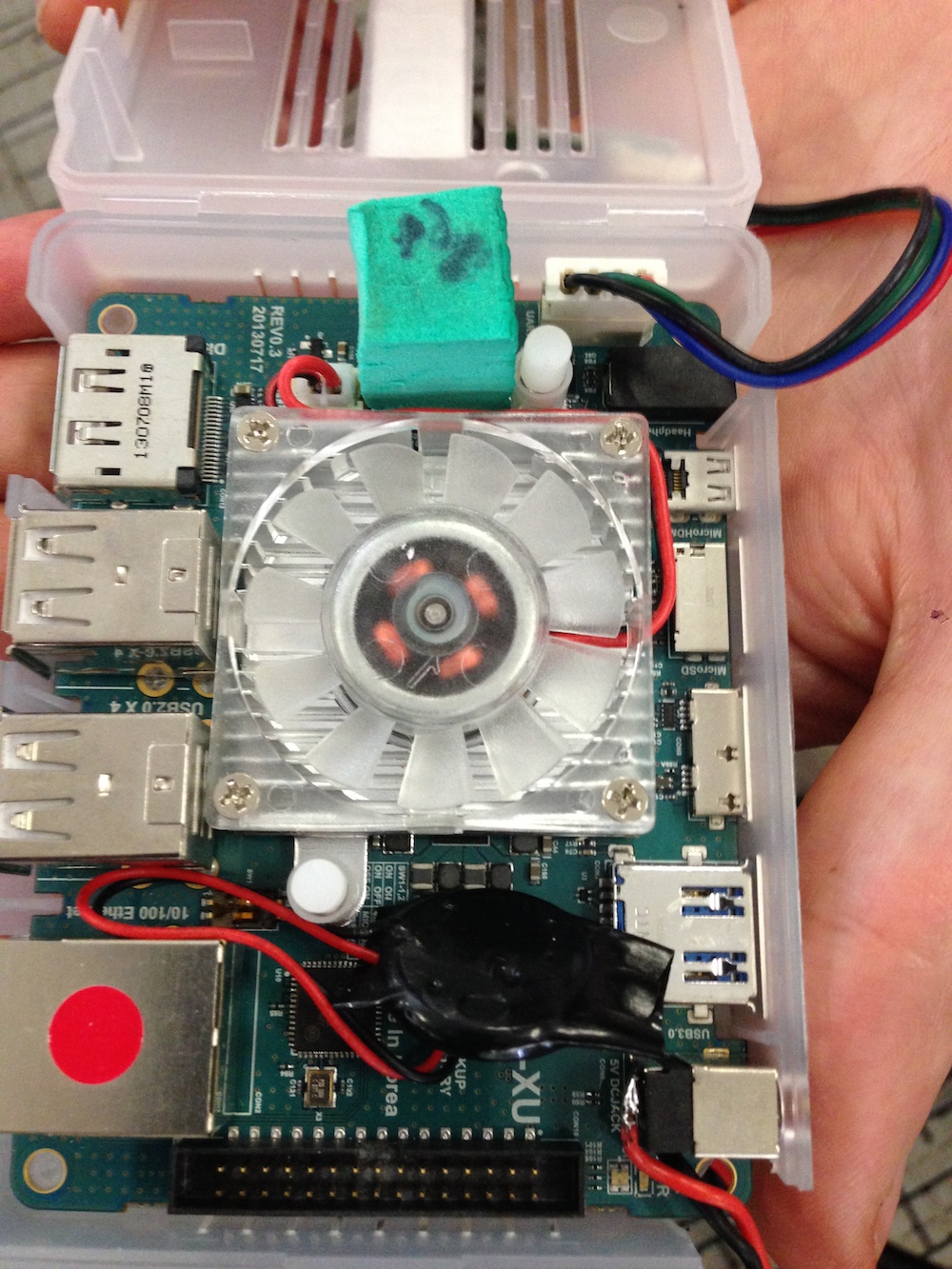
Pitch your Startup, App or Hardware or post a Startup Event or Startup Job
About two years ago I put together a list of problems/business ideas that I thought really needed solving. This was a really popular story and still receives a lot of Google traffic.
Lot’s of people looking for interesting problems to solve.
I see a lot of pitches either via email or in person, over 400 (370 through our pitch form in the last 3 months) in the last 6 months and despite this there are a stack of interesting problems I am not seeing in development.
Here are a few business ideas for Drone Startups if you are still trying to work out what you want to work on.
Air Traffic Control Systems for Drones.
No Government Airworthiness agency(CASA, FAA) in their right mind is going to allow us to blindly fly 6 packs and pizza around without having some form of traffic control, collision avoidance and either geo and/or height fencing.
In order to fly numerous drones in the same airspace they need to be able to identify each other and avoid flying into each other.
If drones are ever to get clearance to fly more than line of sight (which effectively means a range of <1km) there will have to be a drone air traffic control system.
Otherwise it will only ever be a very short range line of sight delivery capability which will really be useless.
We also need systems and process to control takeoff, landing, flight plans/circuits etc.
The overall systems will probably be built by an expert in the space but each drone will need hardware and software which opens an opportunity for drone system makers.
Collision Avoidance for Drones
Recently I saw a demo of very cool system by the Hovermap team at CSIRO which provides a real time mapping capability of 3d structures and terrain (essentially a geolocated point cloud which acquires 41000 data points a second and can build a 3d model of the world it is flying through).
To make this work the team had to ensure it didn’t run into things and so they created a Collision Avoidance algorithm that take this 3d point cloud and can use it to determine if there are any obstacles in the flight path and relay that in real time to the flight control system allowing the drone to fly around the obstacle.
If we let drones operate outside of the view of operators they will fly into things. They might know where they are going but they can’t see trees and powerlines or tv antennas or other obstacles so to make these services commercial (and to avoid losing a drone every shift) they need to work out how to avoid objects.
This is a hardware, software and embedded software solution, Hovermaps solution is still in development but its pretty close though currently with very high cost heavy hardware (>$15k) but the challenge is to work out how to make this work at <$500.
The challenge is also to make this work at high airspeed as currently the existing technology is good for about 40m.
New Drone Powerplants
Drones with rotors need extended range motors/engines – probably some sort of hybrid petrol + alternator + battery charger.

Most existing drones only manage 20-30 minutes, not very long to manage deliveries.
It’s not an ideal solution to put 4 petrol engines on a quadcopter or to put a gearbox and drive shaft arrangement, both are too heavy and slow to respond.
Batteries stay the same weight no matter how empty they are, most drones only have 2-5kg payloads so unless we work out some other way to power them they will be limited to very short hops and constant battery swaps.
Fuel on the other hand is very easy to refill, weight decreases with consumption and its energy rich per kg.
Drone Maintenance & Ops
Drone Maintenance and Ops is going to be a problem, a drone landing pad with rapid refuelling and payload loading is needed.
In addition some form of maintenance solution that is both comprehensive and affordable for drone operators.
I am convinced most people have no idea what it takes to keep an aircraft flying. They sit down in a seat, someone brings them a glass of champagne and thats as close as they get to aircraft maintenance and operations.
It’s a huge job to keep an aircraft in the air, constant maintenance and work, no one has really thought about this for drones.
There seems to be a hobbyist view that if it breaks down or dies it doesn’t matter because its not manned.
However they fly over 1000s of people who are as risk as well.
Flight Control Systems for Drones
Current flight control systems are not suitable for flying commercial drone flights over populated areas. In a normal aircraft you have 1-2 pilots plus an autopilot. If a pilot or autopilot fails you have backup.
Most drones have no backup. The pilot is only useful when he has visual contact with the drone, otherwise they have elementary autopilot systems which are responding to pre-programmed flight plans and may have a return to base capability.
Any viable commercial use of drones at scale will need to fly without a human pilot in visual contact otherwise they will have too short a range to be useful so there is a requirement to have backup flight control systems.
These control systems need a redundancy/failover capability in case of main system failure, independent power and connection, essentially two systems side by side able to sense when the primary is not functions. They also need an ability fly a safe return to base program in case of failure.
The brothers Ben & Daniel Dyer who were the first to find Outback Joe in the UAV challenge actually designed and built their own dedicated flight control system with failover built into it and coded their own flight control software (most of the other teams used an open source package) which for a one off build I think is absolutely amazing.
Flight Tasking & Management Platforms
Assuming someone gets to start delivering books, drugs, pizza and beer at scale and there are 1000s of drones flying night and day through our cities, operators are going to have to work out how to task these and manage deployment of 100s of drones per centre.
This requires a delivery platform that can manage the take off and landing of drones, loading of one or more packages, scanning the packages on board, taking the role of loadmaster and then geolocating the delivery address and perhaps some form of location beacon at each address (sort of like ILS, Instrument Landing System) to allow the drone to correctly identify the right place to land, and unload the package.
This will be required as GPS is only accurate to 20m or so.
Perhaps they may require some form of imaging system or recognition system to correctly locate the place to drop.
Keep in mind they wont have visual contact, video may work up to 10km (assuming you can do this without breaching FCC power limits) but is not reliable for real time control nor will it work for night flights.
Someone is going to have to write the software that interfaces the warehouse systems to the flight planning software that then provides a flight plan to the drones autopilot and flight controller.
Unattended Delivery Cages
If we get parcels delivered to unattended locations how do we stop them getting stolen and what are the logistics of the handoff? Do they get dropped into a cage or a drone letterbox?
How do we stop the drones being stolen?
How does the Drone precisely locate the cage, especially when there are numerous apartments in the area?
Pitch your Startup, App or Hardware or post a Startup Event or Startup Job



